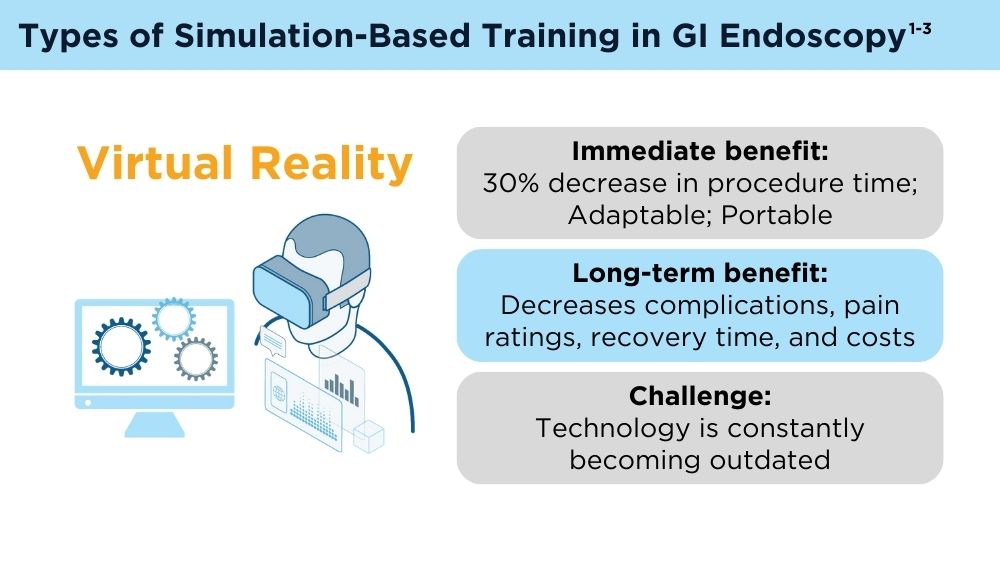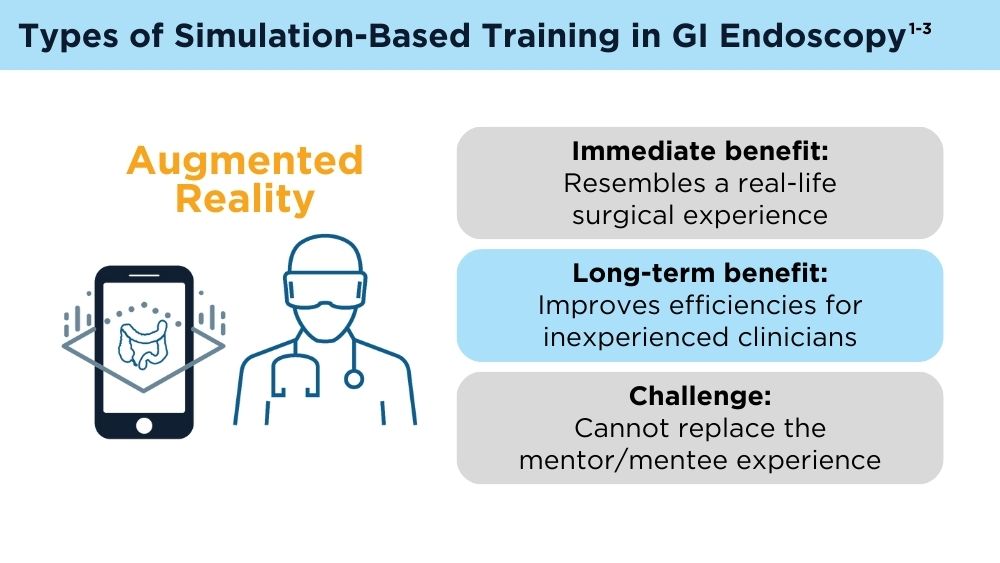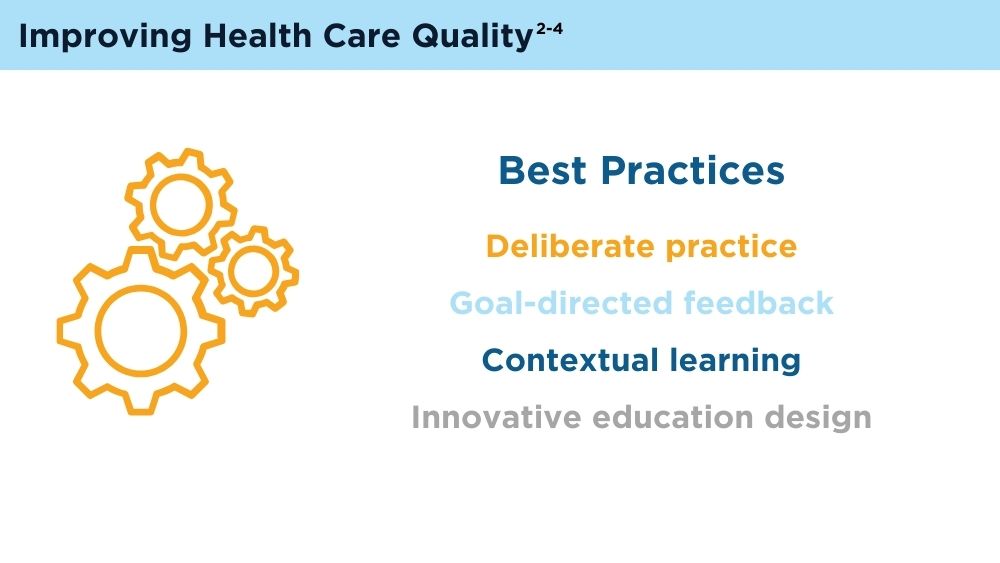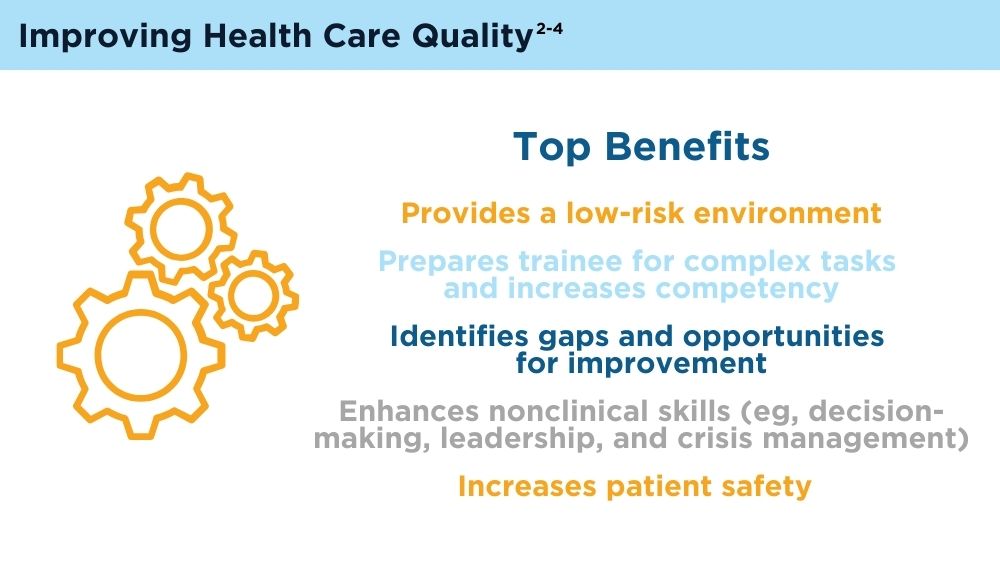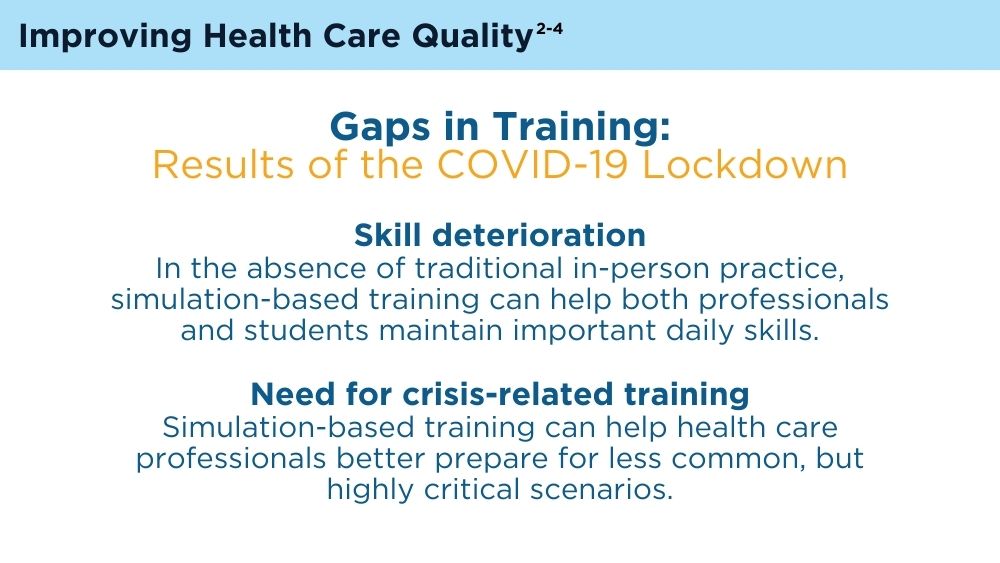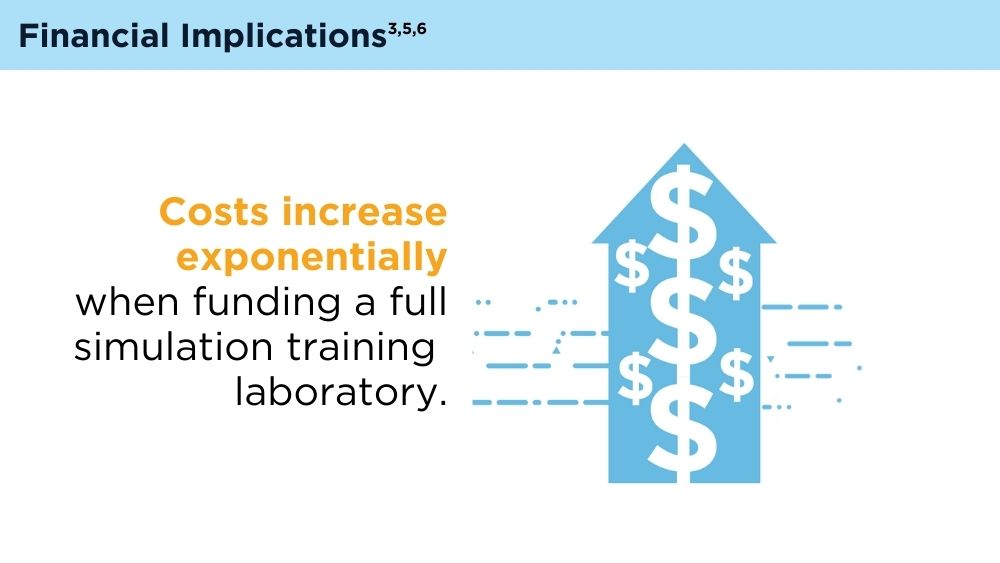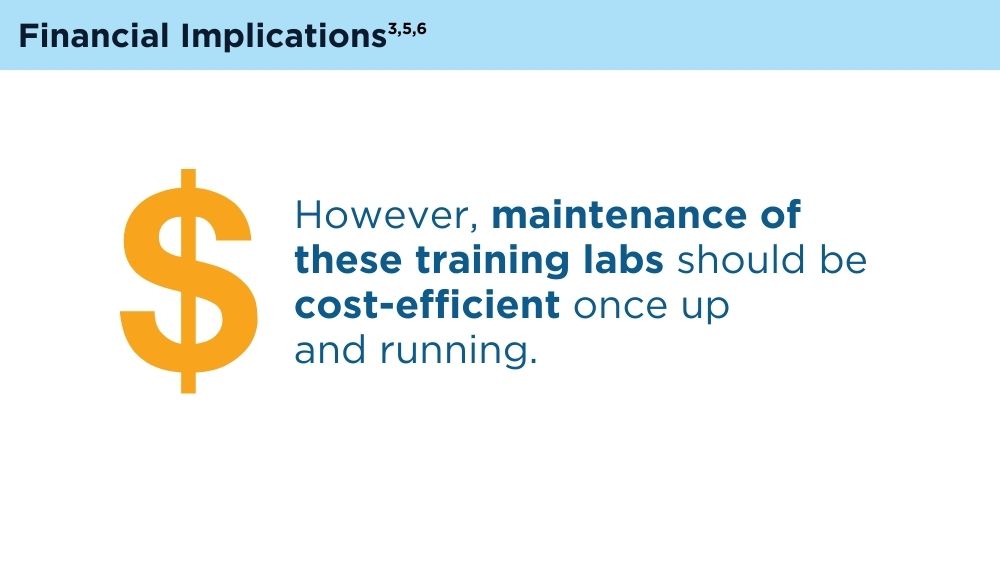Click here to view more from Gastroenterology Data Trends 2024
Simulation-Based Training in Endoscopy: Benefits and Challenges
Richa Shukla, MD
Assistant Professor
Margaret M. and Albert B. Alkek Department of Medicine
Section of Gastroenterology and Hepatology
Baylor College of Medicine
Houston, Texas
Disclosures:
Serve(d) as a speaker or a member of a speakers bureau for: AbbVie
Received income in an amount equal to or greater than $250 from: AbbVie

The way methodologies used to train medical students and professionals are constantly evolving; centuries of studying anatomy with models and figurines—and then practicing on real patients—are now being reexamined in light of emerging technology. Simulation-based training offers a new, seemingly “riskfree” approach to learning because trainees can practice procedures in safe, realistic, patient-free environments. Early mistakes can be made with minimal consequence, training can be tailored to include highly specific clinical scenarios, and the evolving technology helps us accomplish these goals in xtremely realistic simulations.1-3 The COVID-19 pandemic further escalated the need for advanced training to be available virtually and helped to shape what these types of programs should look like moving forward.4
As with every new piece of technology, some limitations still need to be addressed. Cost is the first one that comes to mind; while the long-term cost vs benefit debate is not yet settled, the upfront expense is substantial and immediately makes simulationbased training less accessible. The good news is that subsequent costs, such as those for software updates and upgrades, may be much lower. We are also at the mercy of possible technical issues and malfunctions, and the transferability of skills learned virtually into real-life practice may vary from person to person. Nevertheless, many promising elements make simulation-based training an exciting development for training the next generation of endoscopists.
1
More Endoscopy News
- Liquid Fasting Mitigates Negative Pre-Surgery Impact of Semaglutide
- GLP-1 RAs Safe in the Perioperative Period: New Guidance
- AI-Assisted Colonoscopy Linked to Higher Rate of Benign Lesion Removal
- Short-Course Vasoconstrictors After EVL: Time for a New Standard of Care?
- Weight Loss Surgery, Obesity Drugs Achieve Similar Results but Have Different Safety Profiles
- Medical, Endoscopic, and Surgical Management of Gastroesophageal Reflux Disease
- Low-Volume Bowel Prep Easier, as Effective as Standard Prep in Hospitalized Patients
- AI Tool Helps Detect, Differentiate Pancreatic Lesions During Endoscopic Ultrasound
USMSTF Recommendations: When to surgically manage colorectal polyps




